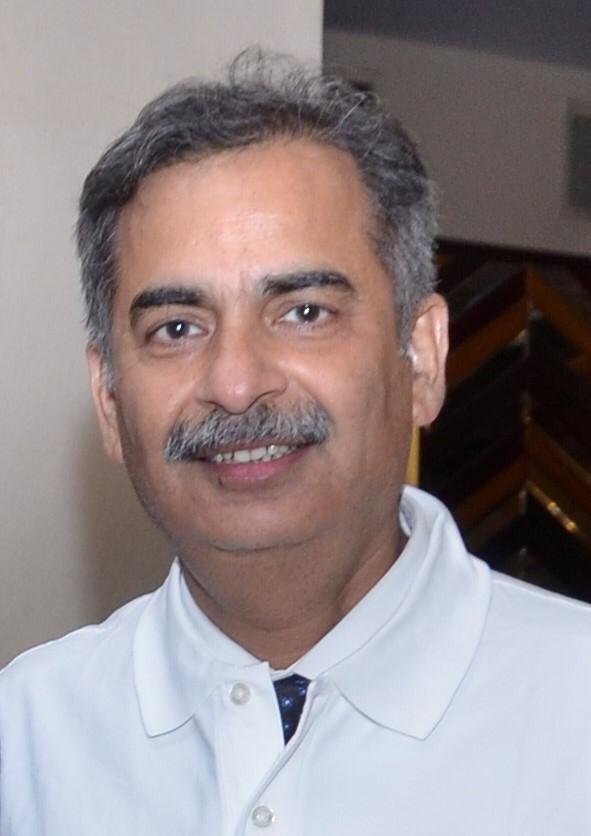By Dr Rajesh Malhotra
A recent publication by the scientists at the Institute of Biomedical Sciences at Georgia State University in the United States of America has sparked hope about the containment and mitigation of the Covid pandemic. The team of scientists led by Dr. Richard Plemper used the drug, Molnupiravir, which they had previously discovered to be potent against influenza virus, to treat patients with SARS- Cov-2 virus. The drug when administered orally to ferrets, known to mimic the transmission of disease similar to human beings led to rapid blockage of the Covid transmission and control of acute disease by inducing a catastrophic error in viral replication. Moreover, the drug can be administered orally. This can be the game changer in the near future.
Novel coronavirus has created chaos globally and the greatest challenge has been the high rate of infectivity even before and during the symptomatic phase. The pandemic has affected more than 67 million people globally and caused more than 1.5 million deaths. We have had no effective treatment for SARS-CoV-2 and the hopes have hinged on discovery of new drugs effective against the virus, herd immunity as well as vaccination. Each one of these strategies has several limitations and logistical issues, particularly evident with respect to the vaccination, which even though developed in a record time, unprecedented in the history of humankind, yet presents with several challenges including large-scale human trials and issues related to procurement, storage, transport and finally, administration. None of the previously available anti-viral drugs make a dent on either hospitalization or mortality rates among those afflicted with this scourge. The herd immunity is still a far cry and the number of lives we stand to lose by the time we achieve it is horrific and daunting.
The COVID-19 infection reproduces when it is transmitted to susceptible people previously free of infection. We have known that breaking the chain of transmission is a key strategy and will remain so even after the availability of vaccine as the administration of vaccine will be truncated and those who are vaccinated will throw the protective immune response to the virus only after a couple of months. The physical distancing remains an effective strategy to attempt and control the spread of the virus. R0 (R naught), also called the reproduction number ratio has been suggested to determine the potential of the disease to continue to snowball into a wider spread pandemic or die down. R0 is the average number of people who contract the infection from one infected person with the disease. When R0 falls below one, the spread of the virus will be treated as contained and the disease will eventually be extinguished.
The potential availability of an orally administered drug, which after two doses 12 hours apart renders the affected animals noninfectious within 24 hours is the most invaluable boon which could not have come at a better time. This is because we are increasingly observing the “COVID-inappropriate behavior” where people are seen throwing caution to winds on the pretext of “COVID- fatigue” or using the excuse of festivities, political demonstrations and so on with attendant risk of fanning the pandemic. The drug has a potential not only to interrupt the widespread community transmission but also allow effective management of COVID-19 and can mitigate the catastrophic consequences of the infection. It can inhibit the development or worsening of the disease severity, smother the local outbreaks and mitigate the spread of disease as well as the emotional and socio-economic toll of prolonged patient isolation. The oral mode of administration of such a drug when available can allow quick administration of the drug to those infected and protect all the contacts around the patient. While treating an infected person is, directly and indirectly, cost-intensive, early control of the spread of the disease by such intervention will not only save money and suffering but lives as well by blunting the severity of clinical disease if the results of animal studies are reproduced in human beings. The gains in terms of lives saved as well as the economic and psychosocial impact will possibly be unfathomable but unquestionable. The greatest beneficiaries will be the old and the differently-abled who need assistance and their caregivers who will be either at risk of getting infected or unable to take care of infected differently-abled persons. According to one of the recent studies, about 62% of the differently-abled people needed a caregiver.
Surely, this will change their lives.
Several key and crucial steps, however, need to be taken before this therapy becomes available and accessible. The spectacular results seen in the animals should prompt early authorization of human trials for safety and efficacy. A COVID stricken world that has done a magnificent job of producing vaccine in a record time, should go on and work on such new drugs and not rest on its laurels. It is a long, tedious and tortuous path before the drug gets established as safe and effective for use among human beings, is granted regulatory approvals and becomes available for common use. Until then, we must rely on social distancing, mask and hand hygiene as interrupters of chain of COVID transmission.
The writer is Dr Rajesh Malhotra, Head of the orthopaedics department at AIIMS and Chief of AIIMS Trauma Centre.





